Brett McGurk is a CNN global affairs analyst who served in senior national security positions under Presidents George W. Bush, Barack Obama, Donald Trump and Joe Biden.
As the dust settles from President Donald Trump’s visit to the Middle East, obstacles are coming into view. The most difficult might once again be Hamas.
Under this new deal, Hamas is no longer a threat to Israel. But it remains a significant threat to Palestinians — and to a broader peace.
Over the last week, reports have emerged from areas of Gaza where Hamas remains in control that the group is rounding up Palestinians who might oppose its rule and conducting executions in the streets. This shows once again that Hamas’ aims have nothing to do with dignity and justice for Palestinians, but only with its continued iron grip on Gaza.
Make no mistake: As long as Hamas remains the only security provider for the population in Gaza, there is no hope for the reconstruction of Gaza nor for a longer-term peace.
Gaza’s new map
The first phase of Trump’s Gaza deal effectively bifurcates the enclave, with Israeli forces controlling more than half the territory and Hamas the rest. This delineation is outlined by a yellow line, and under the plan remains the status quo until an interim international security force can replace Israeli units.
This new map is a massive retreat by Hamas — something the terrorist group never once contemplated over a year of difficult talks over ceasefires and hostage releases. The result also meets one of Israel’s core demands from the start: ensuring that Hamas can never again reconstitute adjacent to or anywhere near Israel’s borders.
But what about Hamas in the areas above the yellow line? Trump’s deal says that even there the group must disarm and cannot remain in power in any capacity. This week, Trump has made clear he intends to hold to that, warning on Thursday that if Hamas keeps killing people in Gaza, “We will have no choice but to go in and kill them.”
This is where the way forward becomes extremely difficult. Because Hamas is not just a terrorist group that hides out to plot attacks into Israel; it is the entrenched political and security apparatus for all of Gaza and has spent the last two decades ensuring that there can be no Palestinian challenger to its reign.
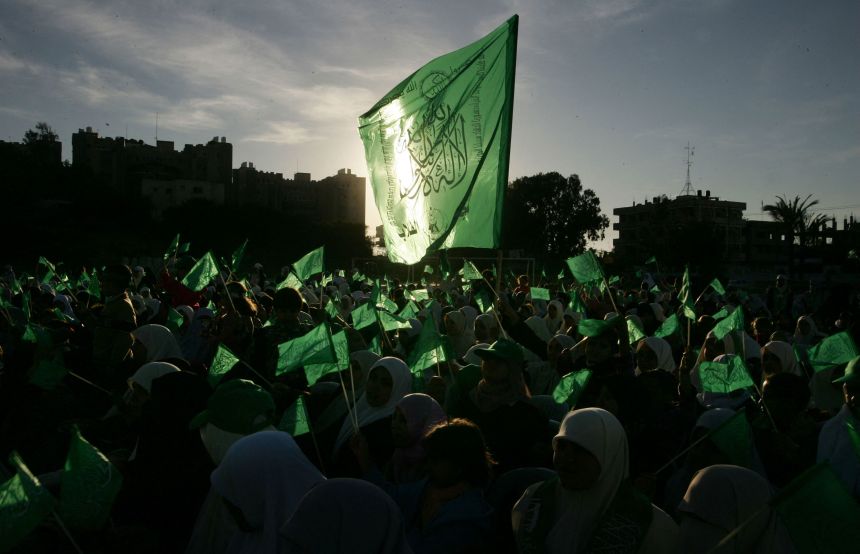
History of terror
On January 26, 2006, I was serving on the National Security Council under President George W. Bush. My focus was the Iraq crisis, and while I was not working on Israel or Gaza, the issues often intersected. Early that morning, I was waiting outside the office of national security adviser Steve Hadley when Secretary of State Condoleezza Rice emerged, discussing the surprising strength of Hamas in an election held that day in Gaza.
Hamas is a terrorist group committed to the murder of Jews and to the destruction of Israel. Its showing in parliamentary elections that year — elections that were backed by the Bush administration — threatened any progress toward peace.
“I think one mistake we made with Hamas was we really should have said they have to disarm if they were going to participate in elections,” Rice recalled years later.
Hamas eventually began to violently seize power throughout Gaza, torturing and killing its opponents in the rival Fateh party, which had committed to a peace process with Israel. This violent coup culminated in June 2007, when Hamas forcefully took control of the entire enclave, a situation that has remained to now — with Hamas controlling Gaza, and Fateh, through the Palestinian Authority, controlling parts of the West Bank.
As I discussed on CNN the other night, these 20 years represent a failure of the international community, the United Nations, multiple presidential administrations, and Israeli administrations. The status quo with Hamas in power grew to be accepted as unfortunate but inevitable —– when it should never have been acceptable to anyone.
We now know that Hamas did nothing to improve the lives of Palestinians. Instead, it squandered resources to construct an underground tunnel fortress stretching hundreds of miles beneath the entirety of Gaza. It trained military formations and built an arsenal to prepare for a future protracted war with Israel.
That is the war Hamas launched on October 7, 2023, when more than 3,000 trained fighters invaded Israel from multiple directions, killing more than 1,000 Israelis and taking more than 250 hostages. The suffering of Palestinians when Israel responded, as one Hamas leader recently told CNN’s Jeremy Diamond, was always part of its plan.
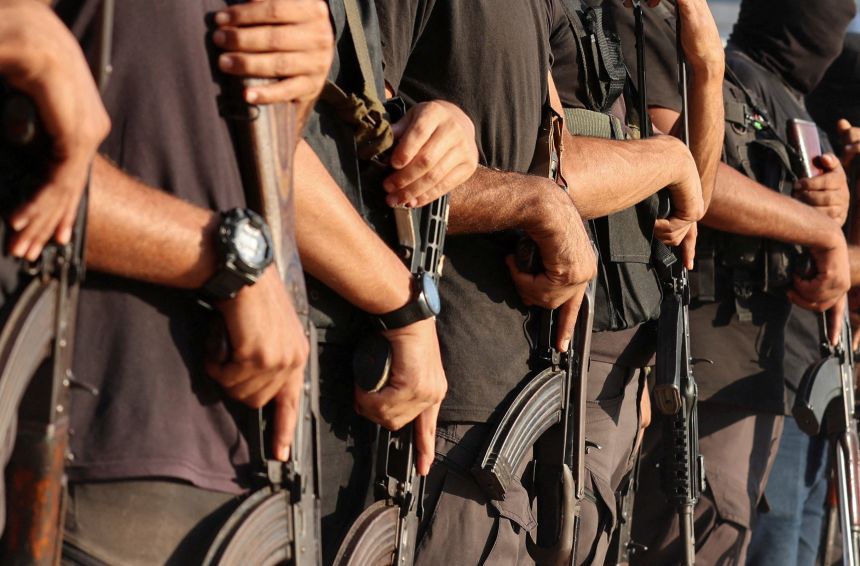
Negotiating with Hamas
For the first 16 months of the Gaza hostage crisis, I helped lead negotiations between Israel and Hamas, resulting in two ceasefire deals. The first was in November 2023 — an agreement to release all women and children, including grandmothers and toddlers. That deal saw more than 100 hostages released before Hamas on the eighth day informed mediators it would not release younger women hostages. That was a breach of the entire deal. The Israelis quickly rejected Hamas’ demand to skip over the women, believing that to do so would have sealed their death warrants.
In the talks that followed, Hamas retained three consistent demands that it said had to be met before all the hostages could be freed:
- Israeli forces had to withdraw from Gaza in its entirety
- Hamas would remain the only security force inside Gaza
- Israel would declare a permanent truce to be guaranteed by the US
That meant Israel had to accept Hamas reconstituting and repositioning directly on its borders, something the Israelis have never accepted. Hamas never budged on these demands, using the hostages as leverage to ensure that it would remain in power and be allowed to reconstitute to eventually once again threaten Israel and its citizens — as its leaders repeatedly and consistently pledged to do even after October 7, 2023.
Hamas rejected any proposal for a narrow Israeli perimeter in Gaza or for interim security forces, whether from the Palestinian Authority or from international contributors.
Given this deadlock, the US, together with Egypt and Qatar, developed a phased deal that aimed to stop the war and bring home as many hostages as possible, even as talks would continue regarding the longer-term arrangements for a permanent truce.
The three phases, in broad outline, were as follows:
- Phase 1: A limited Israeli pullback and a 42-day ceasefire in exchange for the release of all the remaining women, older men and wounded hostages.
- Phase 2: A subsequent negotiation during those 42 days to determine “conditions” for a full Israeli withdrawal and the release of all remaining hostages.
- Phase 3: Exchange of remains and the beginning of a multi-year reconstruction program for Gaza backed by global powers.
That deal was agreed to on January 15, 2025, and hostages began to be freed three days later, which then-President Joe Biden commemorated in the last speech of his presidency. Trump and his team, which joined forces with us in the final weeks of talks, carried the deal forward.
Its first phase was completed in March, with 33 hostages freed, but the negotiations to set the conditions for Phase 2 and the release of the remaining hostages never got underway.
The deal then collapsed, partly because Hamas used the ceasefire to visibly reclaim power, emerging from its tunnels in military uniforms and grotesquely parading the hostages and even the coffin of an Israeli child before gathered crowds. For an initial ceasefire that was meant to set conditions for a longer-term truce, such displays forfeited any such hope.
Israel, in turn, renewed its offensive military operations in Gaza, believing Hamas was not prepared to accept conditions that might warrant a full Israeli withdrawal from Gaza as was called for under Phase 2 of this three-phase agreement. The subsequent six months witnessed some of the largest Israeli military operations of the entire war, together with an unprecedented humanitarian crisis over the summer period.
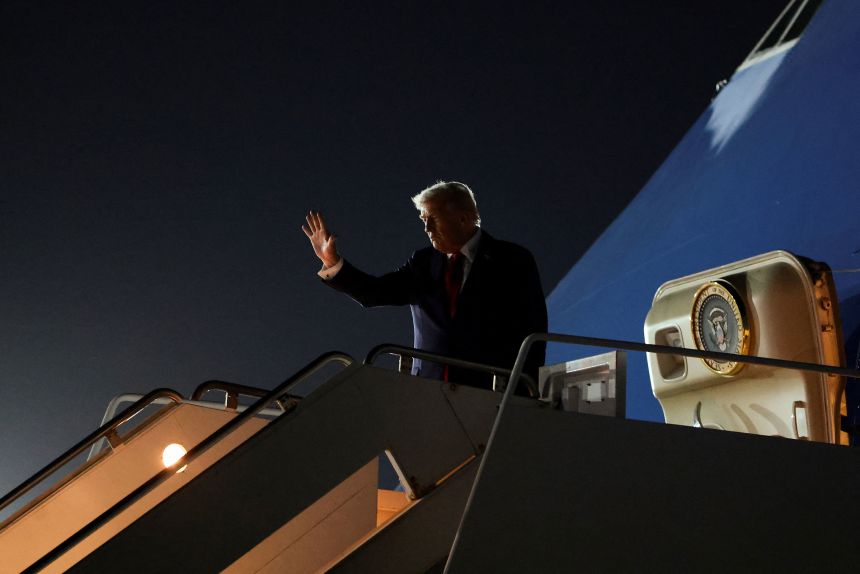
Trump’s phased deal
What’s remarkable about the current pact is the extensive perimeter that allows the IDF to secure half of Gaza — including all border areas indefinitely — even with all living hostages now out of Gaza and safely returned to Israel.
Such a deal was impossible one year or even 10 months ago. Hamas caved on nearly all its central demands. That is due to mounting pressure and a changed balance of power in the region, including the deaths of Hamas’ most militant leaders in Gaza, the defeat of Hezbollah in Lebanon, the sidelining of Iran after the 12-day war this summer, and the new and promising consensus that emerged in the region calling on Hamas to cede power.
Hamas has now freed all living hostages and conceded Israel’s control over much of Gaza, together with the understanding that an international security force will ultimately move into those areas and replace the Israelis. This is the first time in two decades that Hamas has recognized even the principle of an alternative force inside Gaza other than itself. That opens the opportunity for a future Gaza without Hamas, but only if this alternative force is established and begins to deploy over the coming weeks and months.
Until then, Gaza will likely remain bifurcated, with Hamas reclaiming power above the yellow line and the areas below largely uninhabited until prepared to receive civilians willing and able to separate from Hamas. We might expect this unstable situation to remain for months, given the time it takes to stand up an international security force.
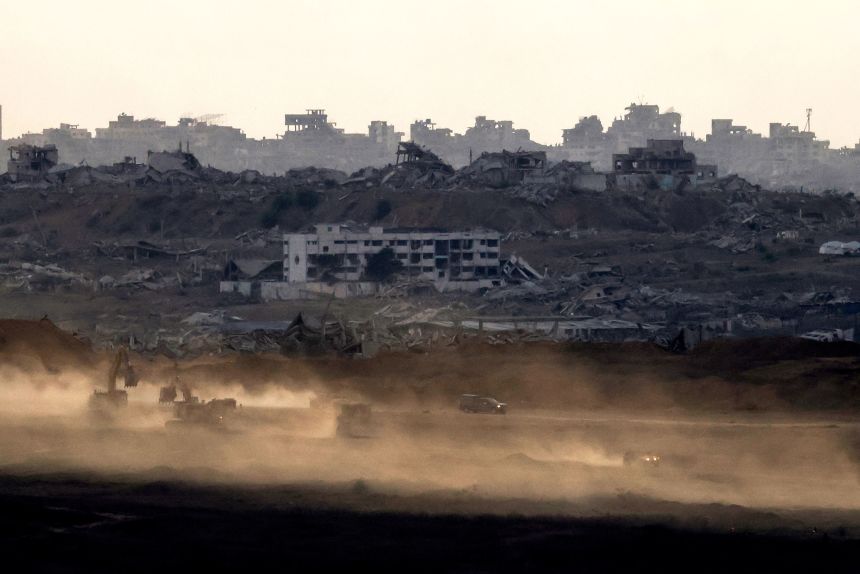
Lessons from defeating ISIS
To break the impasse, the US should move aggressively forward with the 20-point plan, to include standing up the interim security force, political structures, and the long-term reconstruction plan. It should ensure areas outside the control of Hamas receive ample assistance and temporary shelters to incentivize people to relocate away from Hamas, a process that is essential to breaking the group’s grip on the population.
We have done this before through an international coalition to defeat ISIS and separating nearly 8 million civilians living at one point under ISIS’ medieval control and rule. It was done through establishing secure areas and then opening corridors and encouraging civilians to move toward them. It’s hard work.
Working for the Obama and then the Trump administration between 2014 and 2018, I led the global coalition against ISIS and traveled around the world to secure military and other resource commitments. Every foreign capital has its own laws and requirements before deploying military forces. Each military then has its own legal constructs, further hampering cooperation. For civilian assistance, some countries insist on working only through the UN, while others refuse to do so.
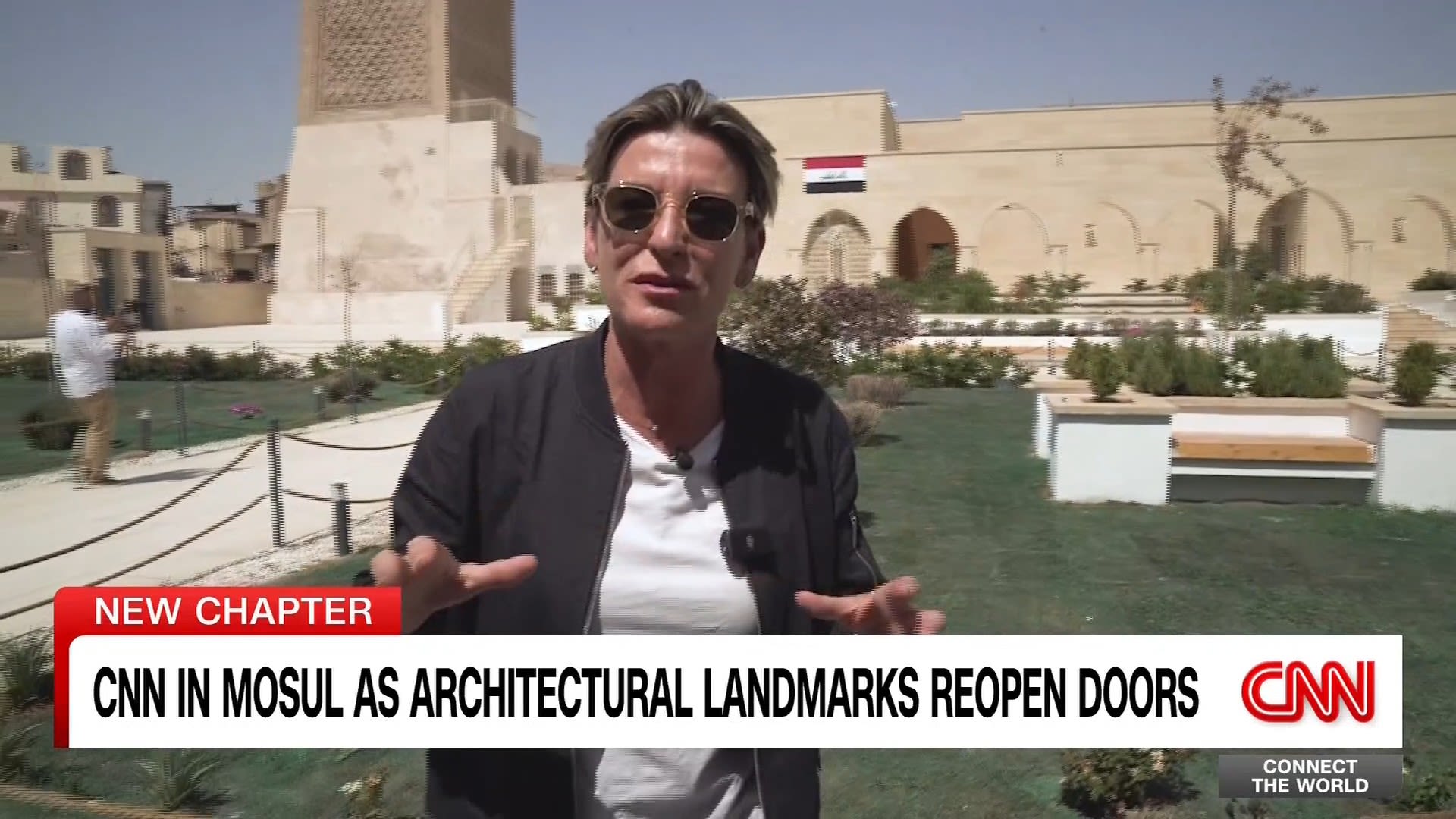
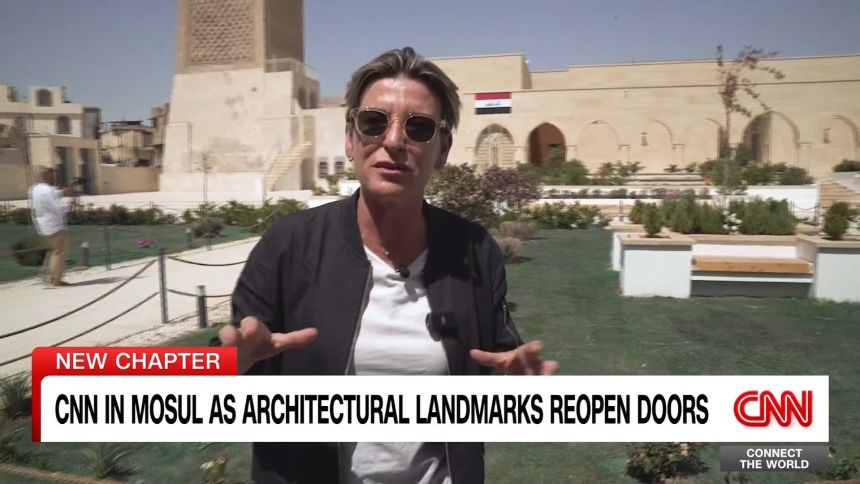
So it’s complicated, but possible, as we proved in the ISIS campaign. And in the case of Gaza it is essential, because unless and until there is an alternative security force, the only armed forces in Gaza will be Israel and Hamas, ensuring deadlock and clashes and risking the resumption of the conflict. The US is the only global power that can lead such an effort, and Trump is now uniquely positioned to drive the process forward.
The US military has deployed a small number of troops to Israel and Egypt to help oversee the ceasefire deal’s implementation, and ultimately to enable — in terms of logistics, intelligence and command — the international force that would enter Gaza. We developed this framework over the course of 2024. The US role is critical, but US troops would not enter Gaza.
Together with a new security structure, Qatar, Turkey and Egypt must keep pressure on Hamas to fulfill its obligations and commit to demilitarization and disarmament, while other countries supply essential resources for people fleeing to safer areas.
The countries in the region understand better than anyone that unless and until Hamas is out of power and unable to control the Palestinian population in Gaza, there is no pathway to peace or a rehabilitated Gaza. Trump’s plan at its core requires this, and now begins the daunting work to make that requirement a reality on the ground where it matters.



